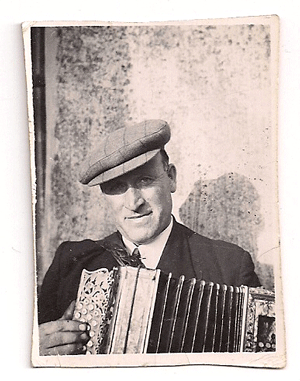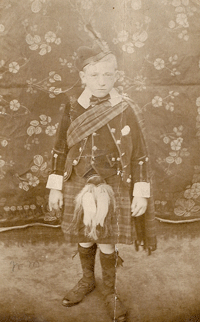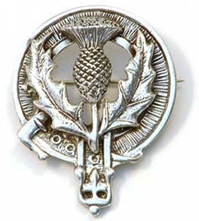|
On the east coast of Kintyre, opposite the
Isle of Arran, lies the little fishing
village of
Carradale. Accessible via a
spur off the B842 thirteen miles north of Campbeltown, Carradale
is the only place of any size en-route to Tarbert in the north.
In the 17th and
18th centuries there were small communities of crofters and
fishermen working in and around Carradale. The introduction of
steam ships transformed Kintyre and from the 1830s until the
Second World War daily steamers went from Campbeltown to Glasgow, calling at Carradale.
With the
herring industry thriving, Carradale's first pier was built in
1858, developing and encouraging the holiday trade. This
situation persisted until the Second World War, with hotels
developing and a tradition of families returning year after
year. Now this situation is reversing again. Carradale still has
a fishing fleet, - largely dealing in shellfish. Since the
1950s, forestry has also played an important part in the village
with large scale forestation taking place.

Tom Muirhead – usually known as
'Tam' – was born at Meadowfield Row, Longriggend, Lanarkshire on
October 27, 1900. His parents were William Muirhead (b.1868), a
coal miner, and Mary Whitelaw (b.1869). They had married 28th
Dec, 1889 at Easter Glentore, Airdrie. Born 11 years later, Tom
shared a birthday with his brother James, who was 12 years his
senior. As was common in the day, two other siblings died in
infancy. Tom married Jessie King in July 1924, and they had
three daughters, Mary, Ella, and Jessie.
Artistic interests featured from
an early age in Tom’s life. By age six he was being encouraged
to go to his bedroom and practice the accordion. His older
brother James played, so there was already an accordion in the
house. He never had lessons from a teacher. He learned
everything by ear and only later came to read music. As a
teenager he would play at dances and weddings all over the
district, and by the age of seventeen had bought a motorbike so
he could get to outlying village halls. Special straps held the
accordion on his back while he rode the motorbike to gigs.

Tom left school by age 13 to work
in the coal pits. Years later, in the 1930s, he would nearly
lose a hand in a mining accident, and this steered him back
toward surface work as chief plate layer on the Southfield
Colliery railway, where he remained for the rest of his working
life. During the miners' strike of 1926, he was keen to do what
he could for the relief effort, playing accordion on the sands
in Ayr and Troon, sharing his earnings amongst the miners. At
this time, he was also part of a travelling group performing in
halls in Glasgow. The troupe included singer J.M. Hamilton and
Nellie Wallace, another acclaimed singer of the day.
During the war years, he often
went around the town on flatbed lorries, playing with groups who
were collecting for charity, as charity work was a particular
passion. He also played for the Highland Dancers at Gala days in
the area.
He played the four-row Italian
style accordion over the usual three- or five-row style usually
favoured in Scotland at the time, believing it to have much more
versatility in fingering than the more popular models. In 1924
he bought a Ranco Guglielmo four-row, button-keyed accordion
direct from Italy. He looked at instruments in an Italian
catalogue, and, with translating help from Freddie Valerio, the
local Italian ice-cream seller, he ordered what he wanted from
the Italian music dealer.
He had heard pipes from earliest
times, as he had some cousins who played. One of them, Eileen
Wilson (pronounced Eelen), was a fine player and won many prizes
but was rather frowned upon by men pipers of the time who felt
women shouldn't be competing. Two other male cousins were also
pipers.
He had a close association with
the Shotts and Dykehead Caledonia Pipe Band, and especially with
the McAllister family, who lead the band for several generations
through the mid-1900s. Tom McAllister, Jr. lived just round the
corner from the Muirhead house and Tom was a frequent visitor to
the McAllister household to play and listen to music. His ties
to this band continued throughout his life. It was through
the McAllisters that the tunes of ‘T. Muirhead’ found their way
into bagpipe music books and pipe bands.
Tom Muirhead died on 6th January,
1979, and was buried on January 8th in Stane Cemetery, Shotts.
Two pipers from the McAllister family met the cortege at the
gates and piped the mourners to the graveside. They played some
of his own music, followed by “My Home” and Rossini's “The Green
Hills of Tyrol".
|



